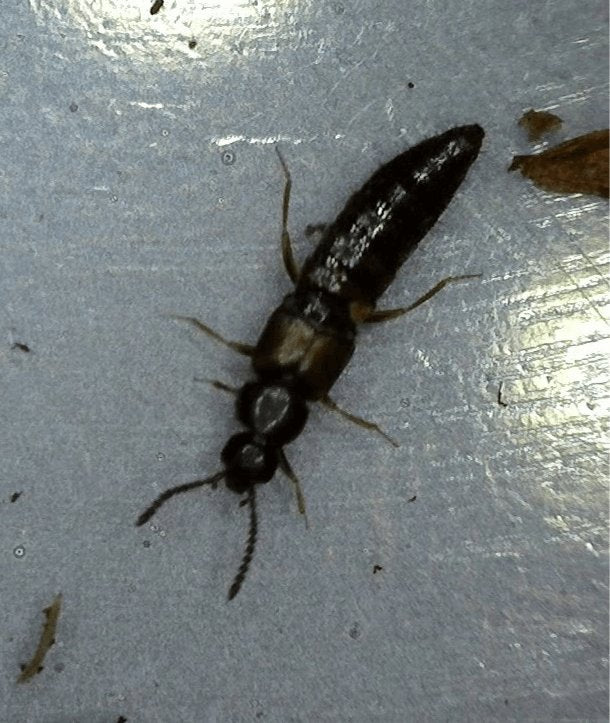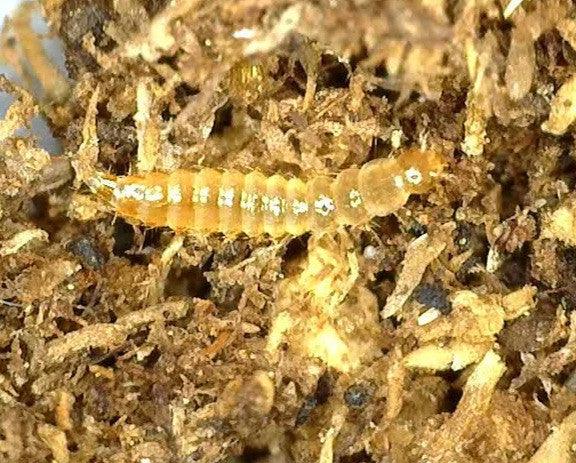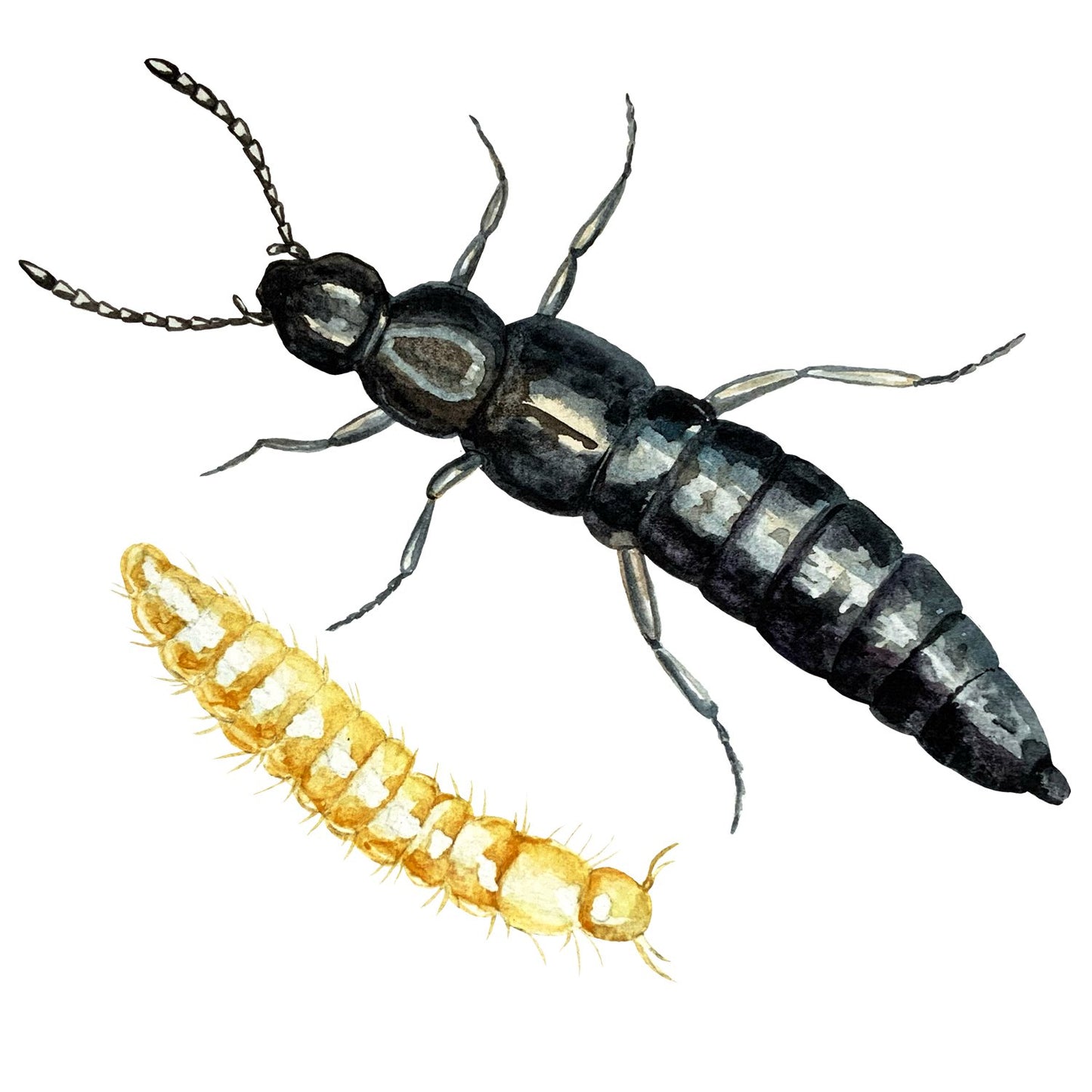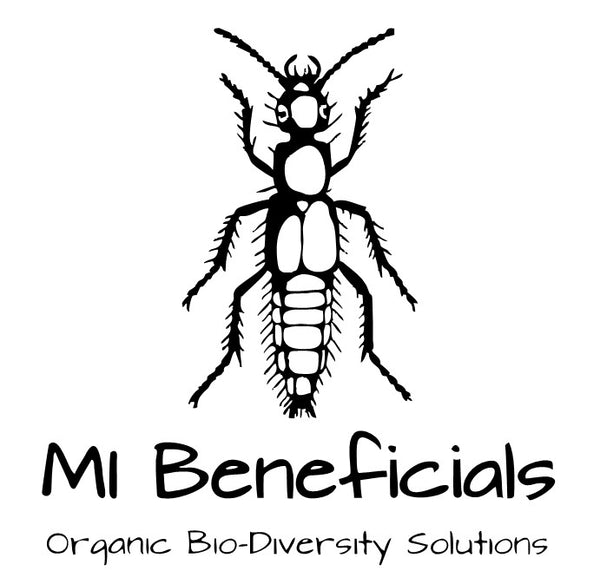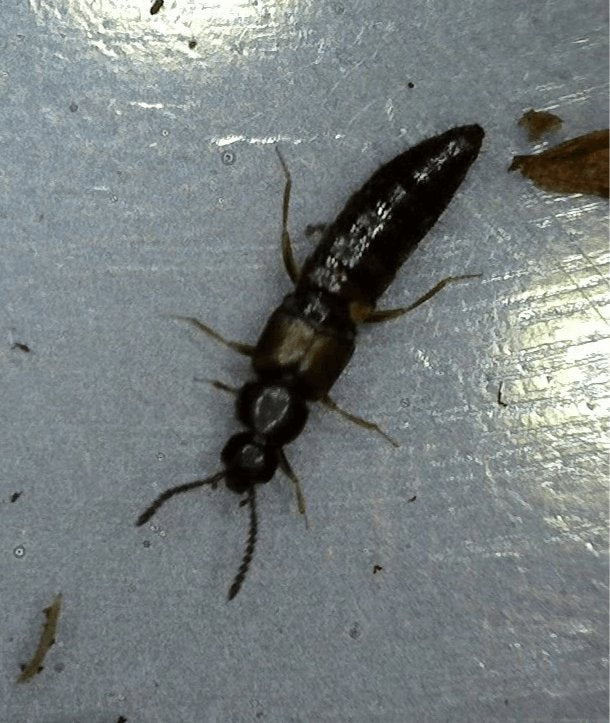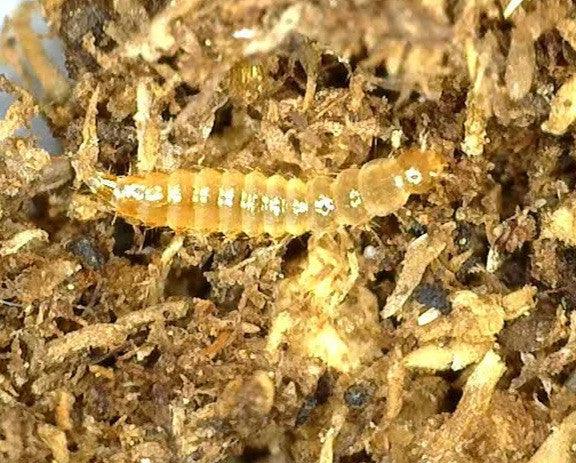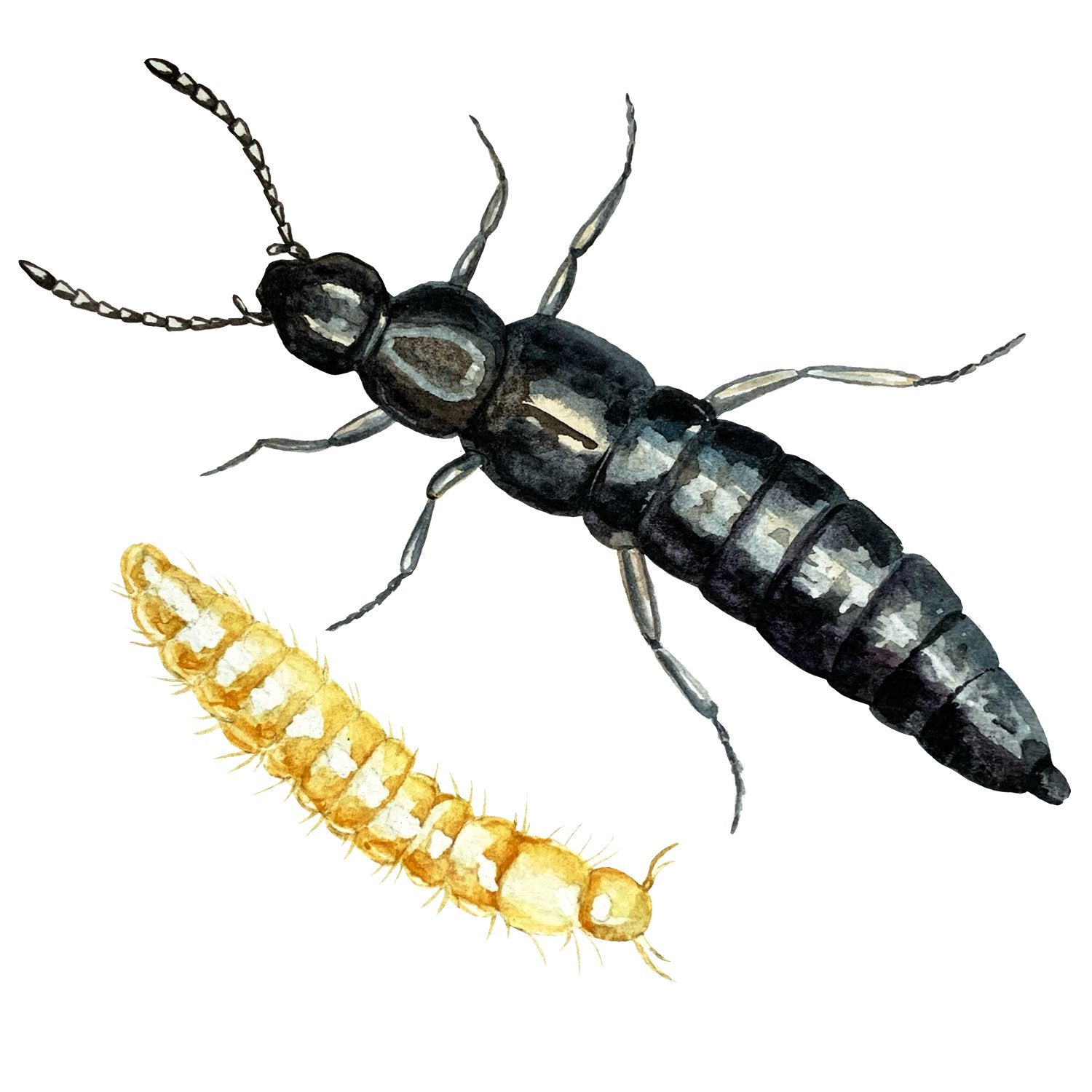MI Beneficials
Rove Beetles (Dalotia coriaria) - Fungus Gnat Control
Rove Beetles (Dalotia coriaria) - Fungus Gnat Control
Couldn't load pickup availability
The Rove beetle (Dalotia coriaria) is a species of soil-dwelling beetles which feeds on fungus gnats, thrips, root aphids and some small mites. The larvae and adults are both aggressive eaters. The larvae are light brown to dark brown in appearance and are more worm-like, while the adults are 3-4 mm long and dark with a slender body and wings. The wings allow them to mobilize from container to container in a grow room and from area to area in an outdoor environment, to attack where pests are prevalent. These wings allow them to establish quickly in their introduced environment as well.
Life Stages:
The complete life cycle of rove beetles is 21 days. Eggs hatch in 3-4 days into larvae, which resemble translucent adults. During their reproductive stage, female rove beetles produce 6 to 8 eggs per day, for 14 days in pupal chambers are constructed out of silk. Each adult and larvae beetle consumes 10-20 prey per day.
Effective Against:
Effective control of fungus gnats and shoreflies. Will also eat soil stages of thrips as well as root aphids, root mealy bugs, moth flies, carrot flies and cabbage root flies.
Shipping
Shipping
Cold Temperature Shipping Conditions in Effect:
To ensure there are no issues, we will hold shipments when destination temperatures are below 20 degrees as daytime highs.
All living organisms orders ship with necessary heat and phase packs to ensure lively delivery.
Overnight, UPS Ground and 2-Day Air orders ship on Mondays and Tuesdays ONLY. Order cutoff is 9am EST (6am PST) on Monday. All orders received after this will ship the following Monday.
Application Instructions
Application Instructions
Application Recommendation: Simply pour them into your desired substrate and tap container.
Food Options
Food Options
Use Temperate Springtail Super Food for the following species:
- White Springtails (Folsomia candida or Collembola)
- Blue Podura Springtails (Proisotoma minuta)
- Bylas Ant Springtails (Pseudosinella violenta)
- Pearlescent Springtails (Lepidocyrtus)
- Yellow "Albino" Springtails (Ceratophysella)
- Lilac Springtails (Ceratophysella)
- Micro-Gold Springtails (Lepidocyrtus sp.)
- White Albino Springtails (Ceratophysella)
Use Tropical Springtail Super Food for the following species:
Storage
Storage
Cultures should be stored between 65 and 82 degrees Farenheit
Returns and Replacements
Returns and Replacements
We cannot offer any returns on any beneficial insects or predatory mites.
If there is any issues with your order, please contact us immediately via email at mark@mibeneficials.com

